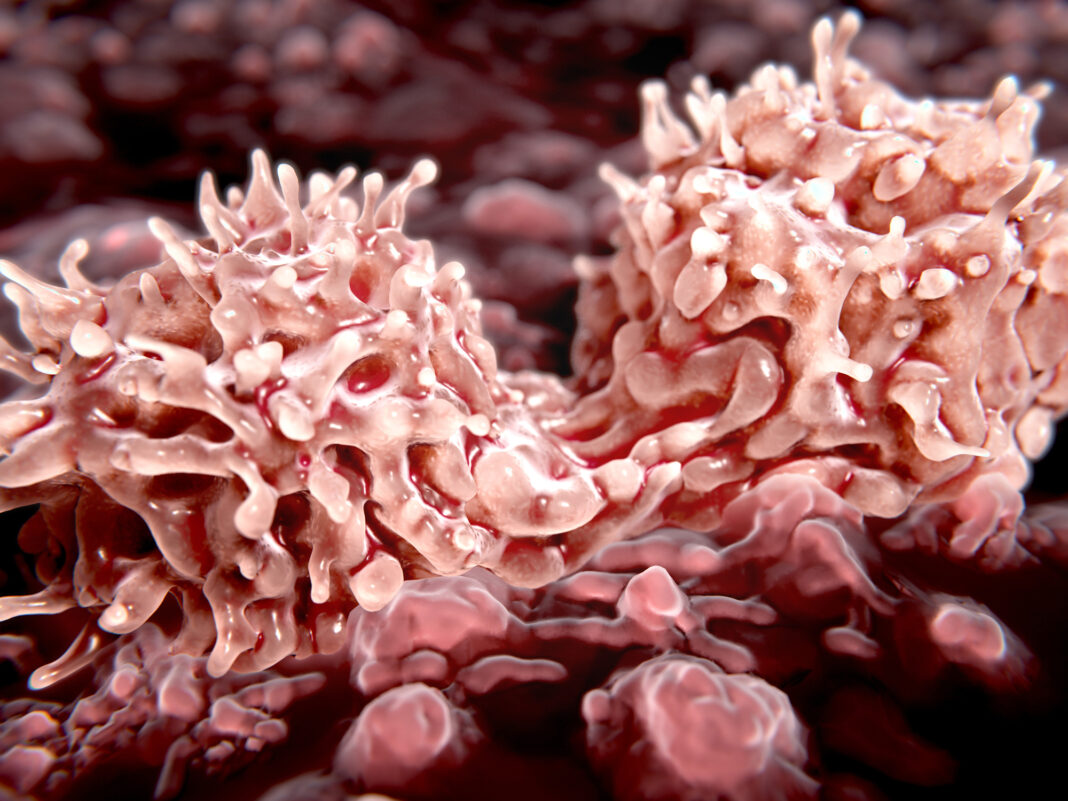Researchers from Harvard Medical School (HMS) and Massachusetts General Hospital (MGH) show that the approved leukemia drug venetoclax helps large animals accept transplanted stem cells and organs, like kidneys. The research team, led by Hajime Sasaki, MD, PhD, and Takayuki Hirose, MD, PhD, demonstrated that selective inhibition of B cell lymphoma 2 (Bcl-2) promoted the tolerance of hematopoietic stem cell (HSC) transplantation and renal allograft in a nonhuman primate model despite using only half of the dose of total body irradiation previously required. Selective inhibition of Bcl-2 is therefore a new strategy to improve stem cell transplants and lessen the toxic effects of conditioning regimens, which are a major obstacle to the widespread use of stem cell transplantation in clinical settings.
“This method (brief inhibition of Bcl-2) makes bone marrow transplantation easier,” senior author Tatsuo Kawai, MD, PhD, told GEN. “The patient does not need to be admitted for bone marrow transplantation, which may expand bone marrow transplantation applications for many benign diseases, such as induction of tolerance for transplant organs.”
The research article “Selective Bcl-2 inhibition promotes hematopoietic chimerism and allograft tolerance without myelosuppression in nonhuman primates” was published in Science Translational Medicine.
HSC transplantation (HSCT) has become the standard of care for both cancerous and noncancerous diseases of the blood and bone marrow, like autoimmune diseases, genetic disorders, and making the body accept a transplant. However, the wider clinical application of HSCT has been limited by the nonselective conditioning therapies associated with this approach.
In order for HSCT to work, the recipient must go through a harsh conditioning process that includes total body irradiation or chemotherapy drugs like cyclophosphamide, busulfan, or fludarabine. These treatments often have serious side effects like a lower-than-normal number of red and white blood cells and platelets in the blood (pancytopenia), infections, infertility, and even death.
Transient HSC chimerism induction has led to long-term immunosuppression-free renal allograft survival in humans, but pancytopenia and other side effects of the HSCT conditioning regimen have kept this method from being used more often. Therefore, developing a safer conditioning regimen without myelosuppressive complications is critically important.
In 2013, research done at the University of Zürich by Pietro E. Cippà and Thomas Fehr (who are both authors of the Science Translational Medicine article) showed that blocking B cell lymphoma 2 (Bcl-2) promotes mixed chimerism in mice without the need for traditional myelosuppressive conditioning. However, this study used a non-clinically available Bcl-2 inhibitor (Bcl-2i), ABT-737, which inhibits not only Bcl-2 but also BclxL.
Since venetoclax, which selectively inhibits Bcl-2 alone, is the only Bcl-2i approved by the U.S. Food and Drug Administration (FDA), the research team from HMS and MGH evaluated the effect of venetoclax on peripheral lymphocytes and bone marrow progenitors in a non-human primate model and determined its efficacy in inducing mixed chimerism and renal allograft tolerance. The research article shows that Bcl-2i causes dose-dependent cell death in vitro and causes HSCs and multipotent progenitors (MPPs) to be partially deleted in vivo. This partial removal of HSCs and MPPs led to a big increase in hematopoietic chimerism, which made it possible to cut the amount of radiation given to the whole body in half. However, Bcl-2 inhibition by itself was not sufficient to completely eradicate TBI.
Promoting mixed chimerism by Bcl-2i resulted in improved immunosuppression-free renal allograft survival. In the group receiving the original protocol with total body irradiation but without Bcl-2i, one of the eight animals experienced acute rejection, and three of the eight developed chronic rejection, reducing long-term, rejection-free allograft survival to 50%. When the total body irradiation dose was decreased to half, four of the five recipients lost their kidney allografts because of acute rejection. By adding Bcl-2i to the regimen, superior rejection-free allograft survival was consistently achieved with a higher degree of lymphoid chimerism, which has been found to be relevant to allograft tolerance.
This approach not only removes a major hurdle from the wider application of our approach for the induction of renal allograft tolerance but also advances the design of less toxic conditioning regimens that can be used in conjunction with HSCT to treat a wide variety of disorders.



